We’re back and 2016 seems to have taken off like a lightening bolt! Or like a firework, perhaps? Yes…pun intended.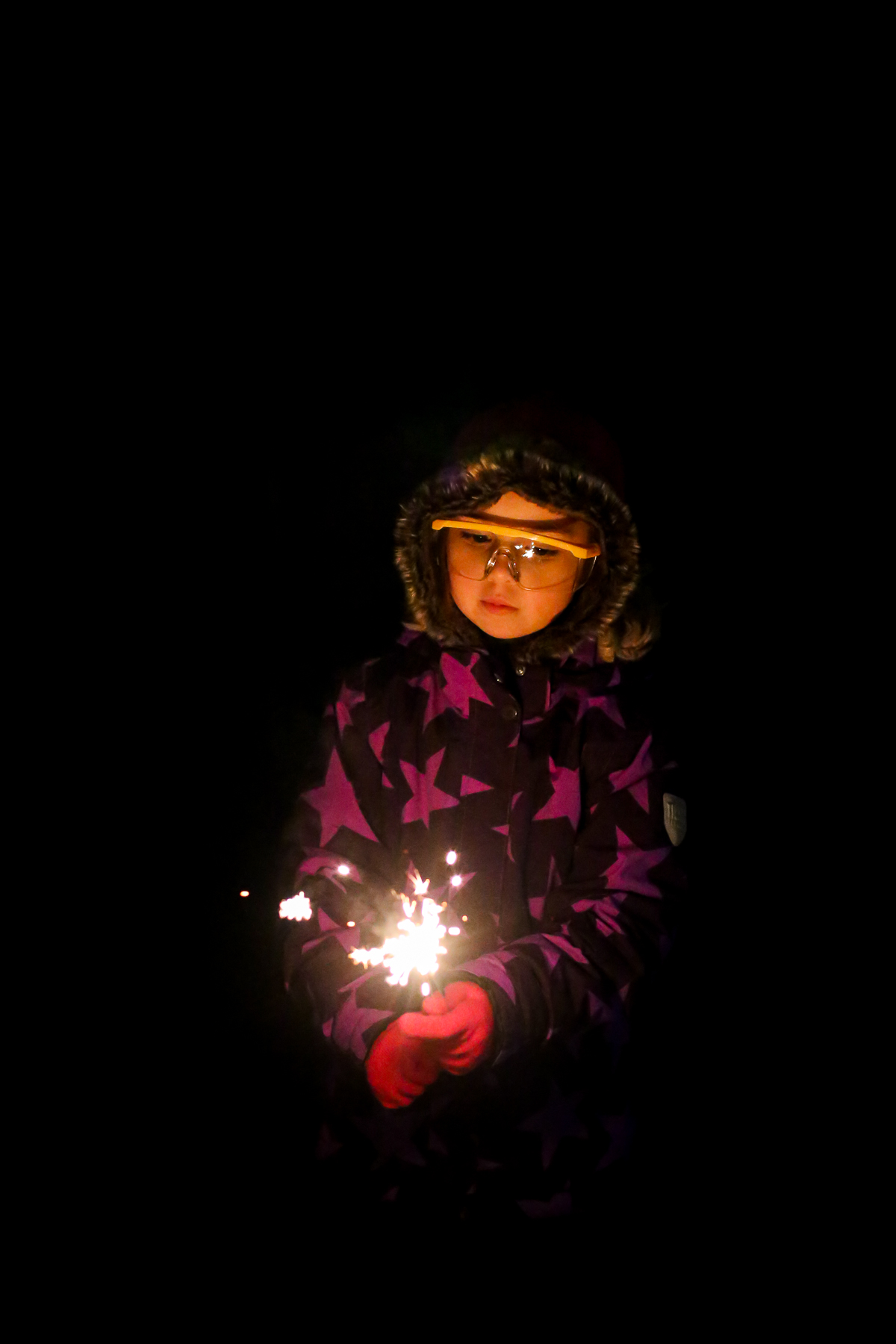 Now that school is back in session, our days are normalizing to routine again after a whirlwind holiday season but it couldn’t have been more fun. A few rounds of family, a few trips, and a lot of time at home soaking in the whole holiday season.
Now that school is back in session, our days are normalizing to routine again after a whirlwind holiday season but it couldn’t have been more fun. A few rounds of family, a few trips, and a lot of time at home soaking in the whole holiday season. 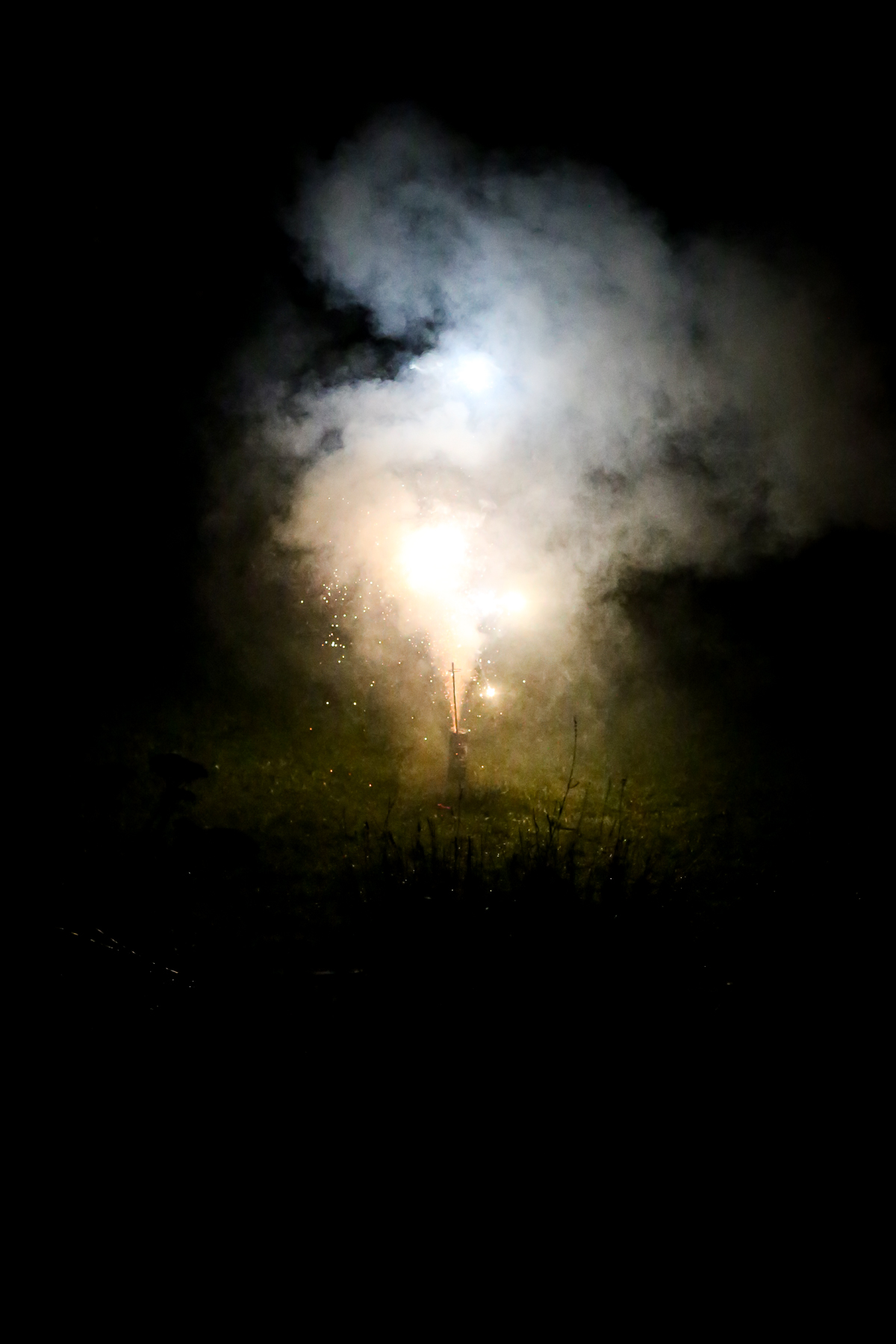 We welcomed the new year, like most Danes, with a few rounds of fireworks (and also, a gala classical concert at the Opera House on the water, where the wraparound glass atriums give you view of all the other fireworks but who wants to hear about that?). Everyone sets off their own fireworks here, and I do mean EVERYONE.
We welcomed the new year, like most Danes, with a few rounds of fireworks (and also, a gala classical concert at the Opera House on the water, where the wraparound glass atriums give you view of all the other fireworks but who wants to hear about that?). Everyone sets off their own fireworks here, and I do mean EVERYONE.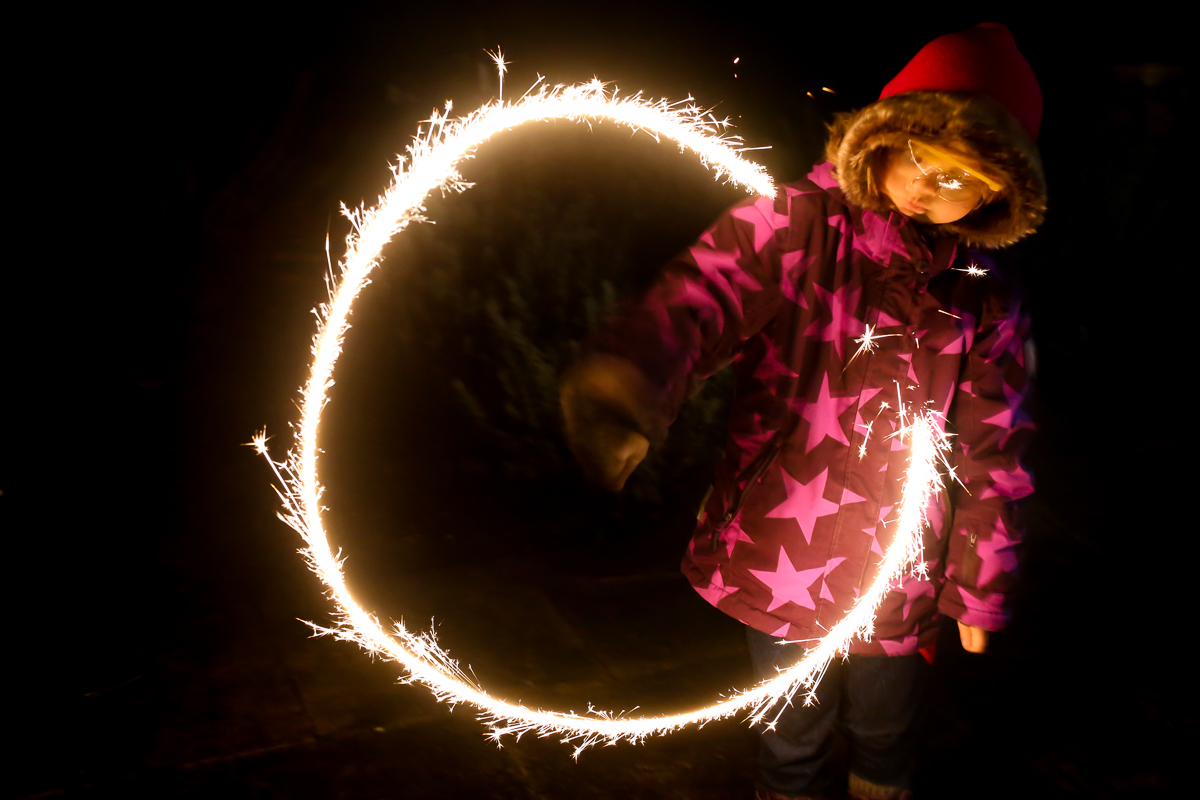 When we first moved here, people in my office told me that would be the case and I basically nodded and assumed it would mean a few firecrackers here and there with a main fireworks display somewhere or other in a central location. Nope. Here in Denmark fireworks start when it gets dark and frankly continue for one or two days after that. And this being Denmark, no one is too young to set them off. Just don’t forget those safety goggles!
When we first moved here, people in my office told me that would be the case and I basically nodded and assumed it would mean a few firecrackers here and there with a main fireworks display somewhere or other in a central location. Nope. Here in Denmark fireworks start when it gets dark and frankly continue for one or two days after that. And this being Denmark, no one is too young to set them off. Just don’t forget those safety goggles! 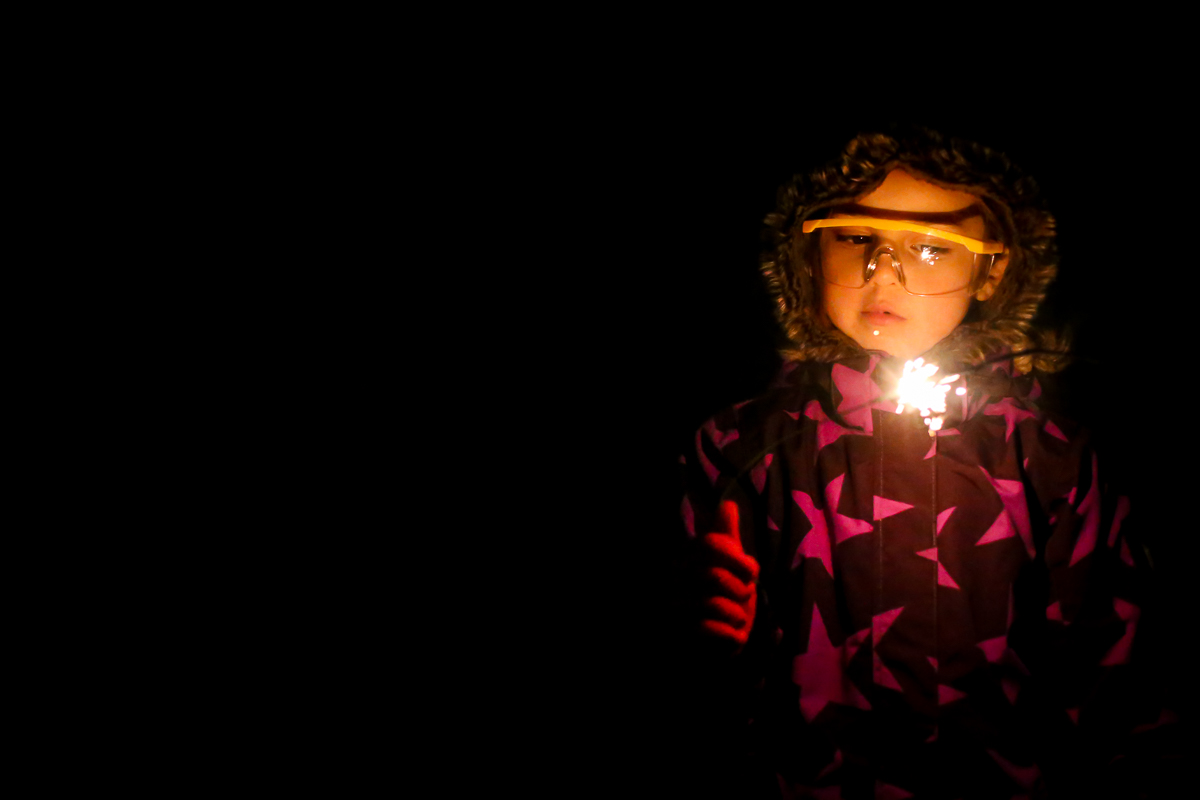 We did a nice little assortment here in our yard after the concert, which although I had some trepidation (especially being the only adult supervising it all), was a blast. Pun intended. My only regret was that we didn’t buy more. And they were legit too – hard to photograph of course, especially when you’re the one doing the lighting – but lots of lovely cascades and colors and ooh’s and ahh’s.
We did a nice little assortment here in our yard after the concert, which although I had some trepidation (especially being the only adult supervising it all), was a blast. Pun intended. My only regret was that we didn’t buy more. And they were legit too – hard to photograph of course, especially when you’re the one doing the lighting – but lots of lovely cascades and colors and ooh’s and ahh’s. Nonetheless, the sparklers, big and small are always a favorite around here – maybe because just for a few seconds there seems to be no noise. Just a lovely light that surrounds you while you watch.
Nonetheless, the sparklers, big and small are always a favorite around here – maybe because just for a few seconds there seems to be no noise. Just a lovely light that surrounds you while you watch.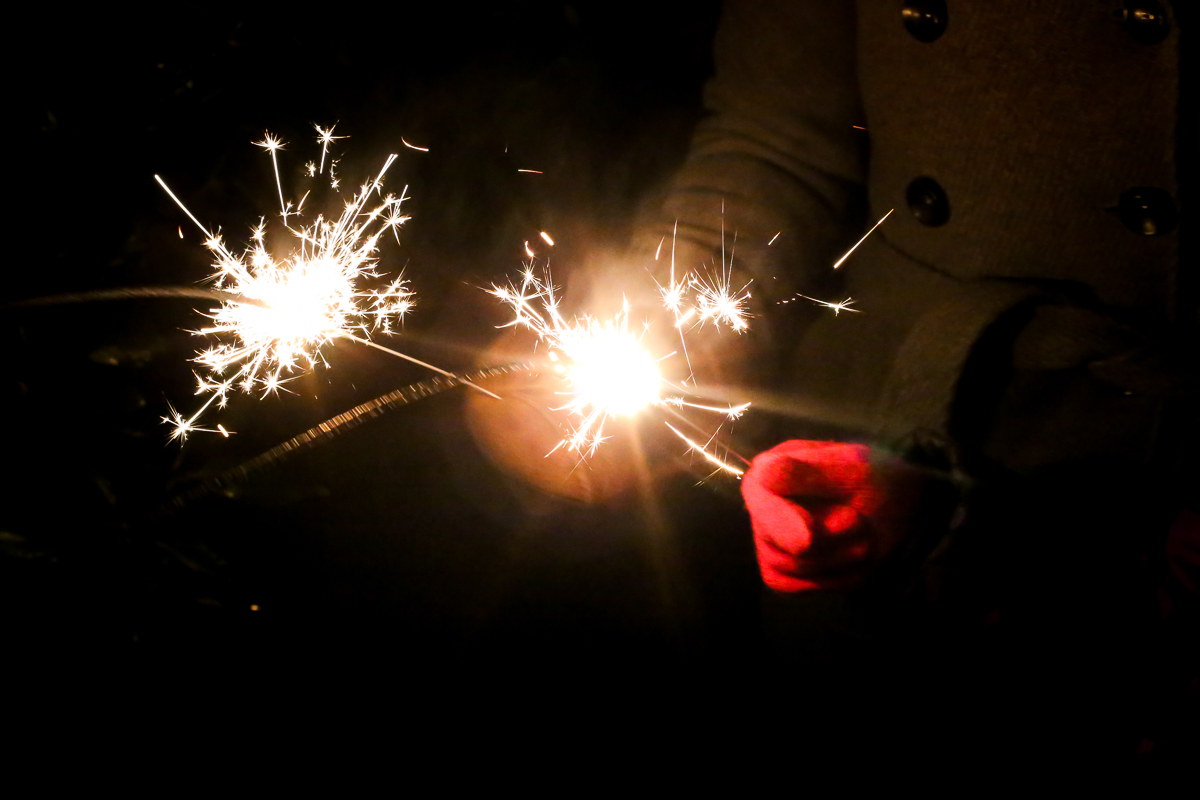 Here’s to the new year and new adventures in 2016! It will be a big year of change around here but we’re ready!
Here’s to the new year and new adventures in 2016! It will be a big year of change around here but we’re ready!
Wishing all the readers and forest schoolers (and forest schoolers at heart) a very merry Christmas season and happy new year in 2016!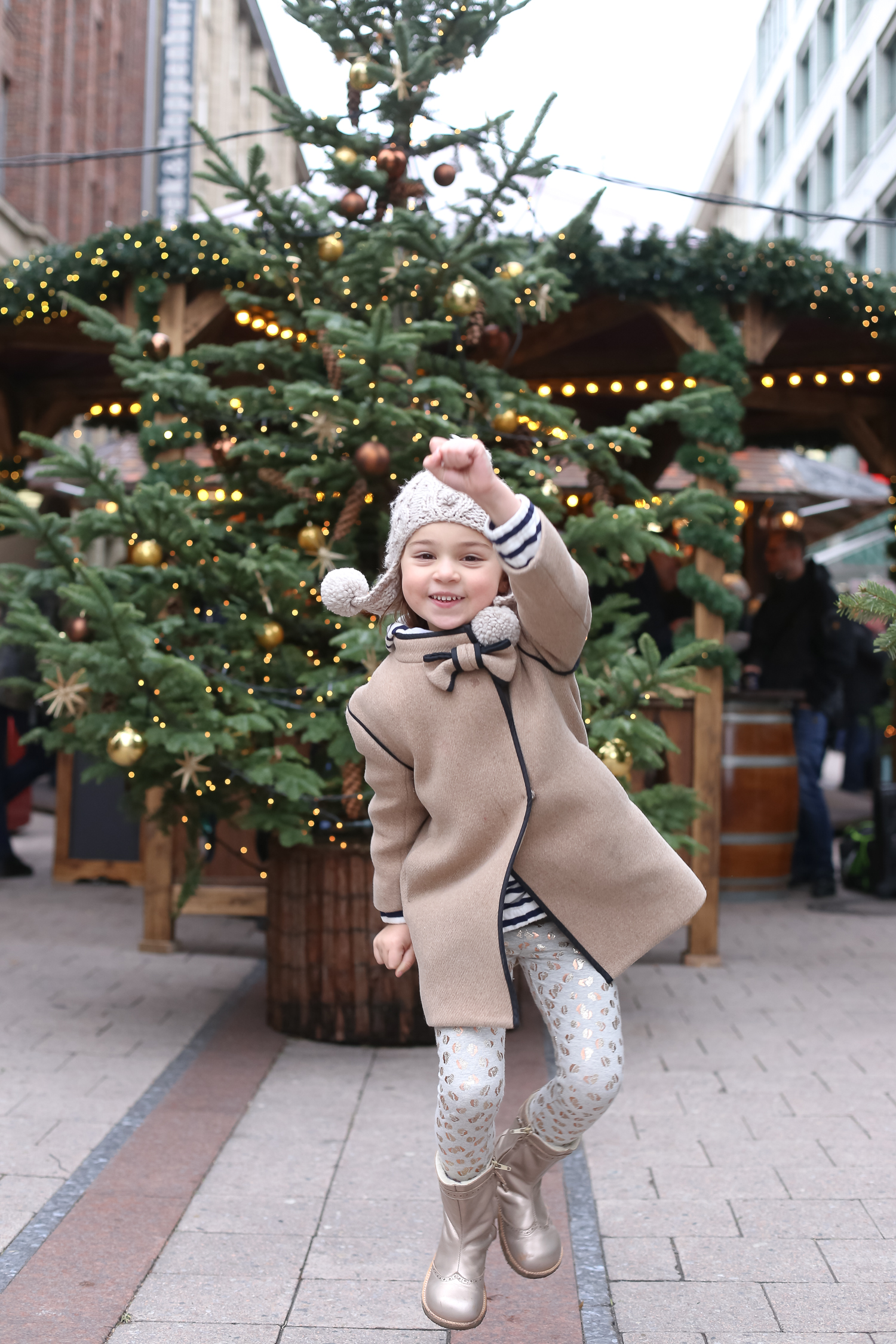 We’ve had a revolving door full of visitors, a calendar full of family birthdays and celebrations and now, a little winter break in Norway before the holidays. I can’t seem to keep up with posting so taking a bit of a breather until the new year where we’ll have loads of new posts for you, including my day of tagging along to forest school, what happens when you find your toddler’s vocabulary to be more colorful than anticipated and little trips and thoughts and adventures.
We’ve had a revolving door full of visitors, a calendar full of family birthdays and celebrations and now, a little winter break in Norway before the holidays. I can’t seem to keep up with posting so taking a bit of a breather until the new year where we’ll have loads of new posts for you, including my day of tagging along to forest school, what happens when you find your toddler’s vocabulary to be more colorful than anticipated and little trips and thoughts and adventures.
Above all, wishing you the peace of the holiday season, both indoors and out!
PS – This photo is from our trip earlier this month to the Hamburg Christmas Markets – if those are on your list, check out our tips for Christmas Market visits over on the other blog!
Christmas is in full swing here in Copenhagen, and it’s arrived at our forest school! The Christmas season – or rather, Advent – is serious business and schools are no exception. Usually, I’ve always been a little averse to Christmas starting “too early”, usually because in the states it’s more about commercial preparations. But over the years, and especially this year, we’ve learned to appreciate the winter “season” for what it is – a time to come together and create warmth and light in the coldest and darkest part of the year.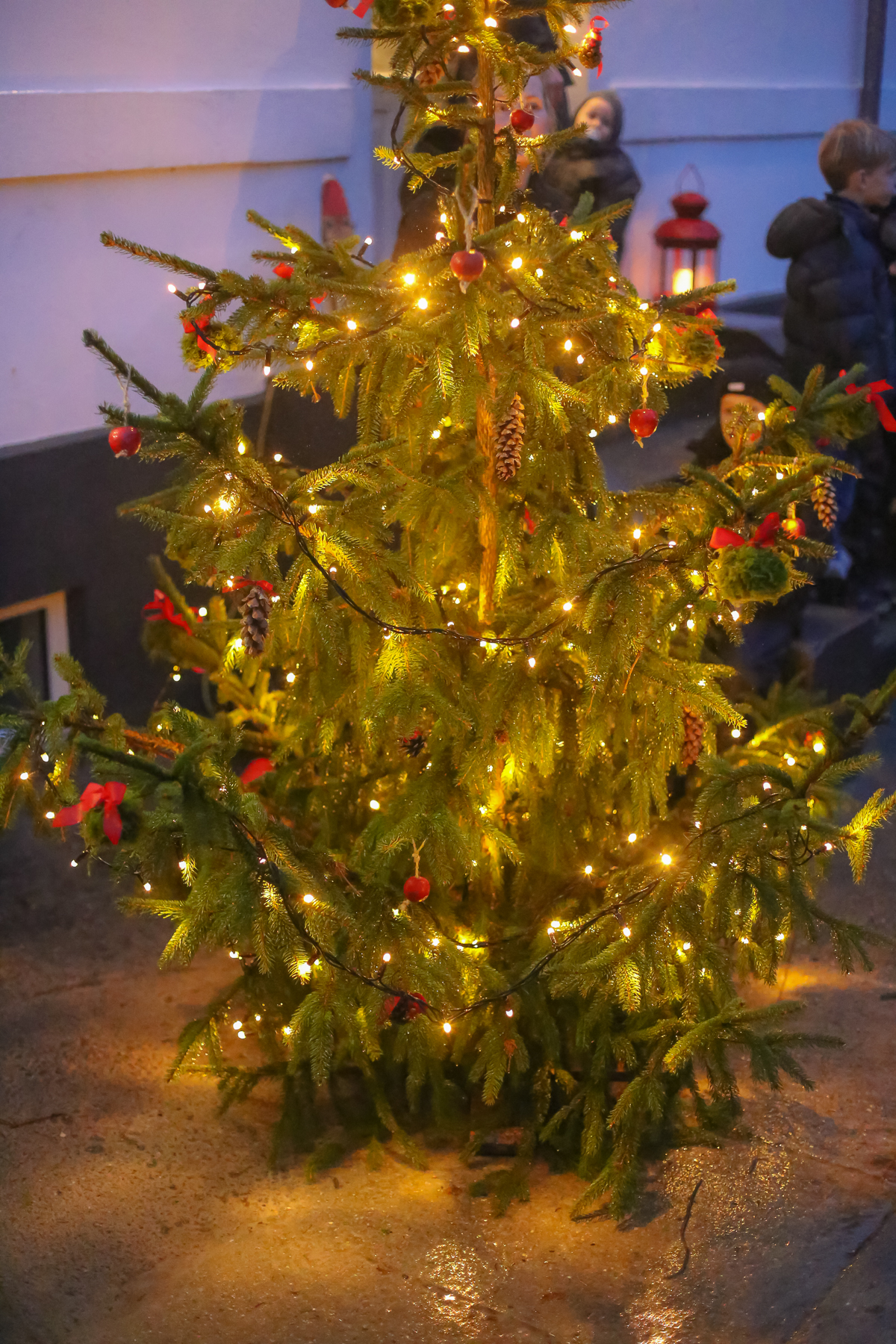 The forest school put on their holiday program for the parents and the little ones have been preparing for weeks by learning carols and dressing up the shelter house in greenery and decorations. In the US, I think the program would have been much later in December but here we nearly welcomed December with it. I think instead of closing the holiday season, it opened it instead, which means that we get to enjoy the decorations through to the new year instead of seeing them for just a few days.
The forest school put on their holiday program for the parents and the little ones have been preparing for weeks by learning carols and dressing up the shelter house in greenery and decorations. In the US, I think the program would have been much later in December but here we nearly welcomed December with it. I think instead of closing the holiday season, it opened it instead, which means that we get to enjoy the decorations through to the new year instead of seeing them for just a few days.
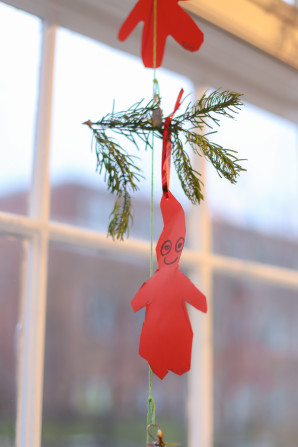
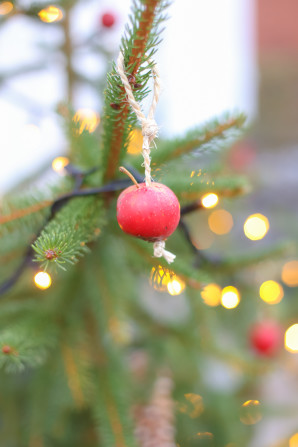

 And the children have worked hard on them, truly. In Denmark, people decorate a lot for the holidays, but they do it simply. It’s very common to bring in “nature” – branches, pine cones, twigs… things that help to bring winter in. People also look for greens and bulbs to incorporate, as though to still keep a small proof of life around. The winter is, after all, temporary. Just about all of the children’s decorations, minus an item or two, were made by hand, which made their tree all the more sweet and spectacular.
And the children have worked hard on them, truly. In Denmark, people decorate a lot for the holidays, but they do it simply. It’s very common to bring in “nature” – branches, pine cones, twigs… things that help to bring winter in. People also look for greens and bulbs to incorporate, as though to still keep a small proof of life around. The winter is, after all, temporary. Just about all of the children’s decorations, minus an item or two, were made by hand, which made their tree all the more sweet and spectacular.
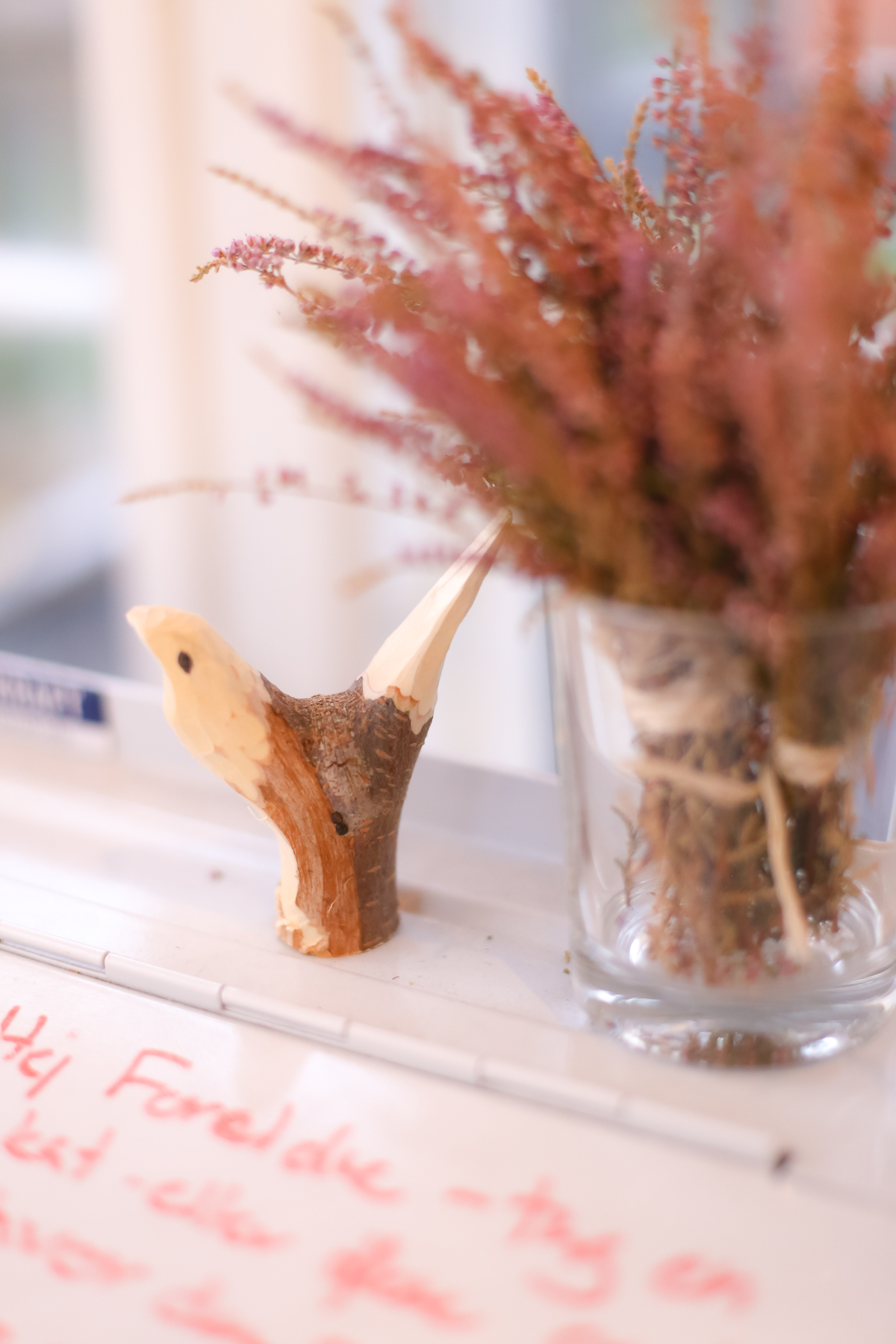
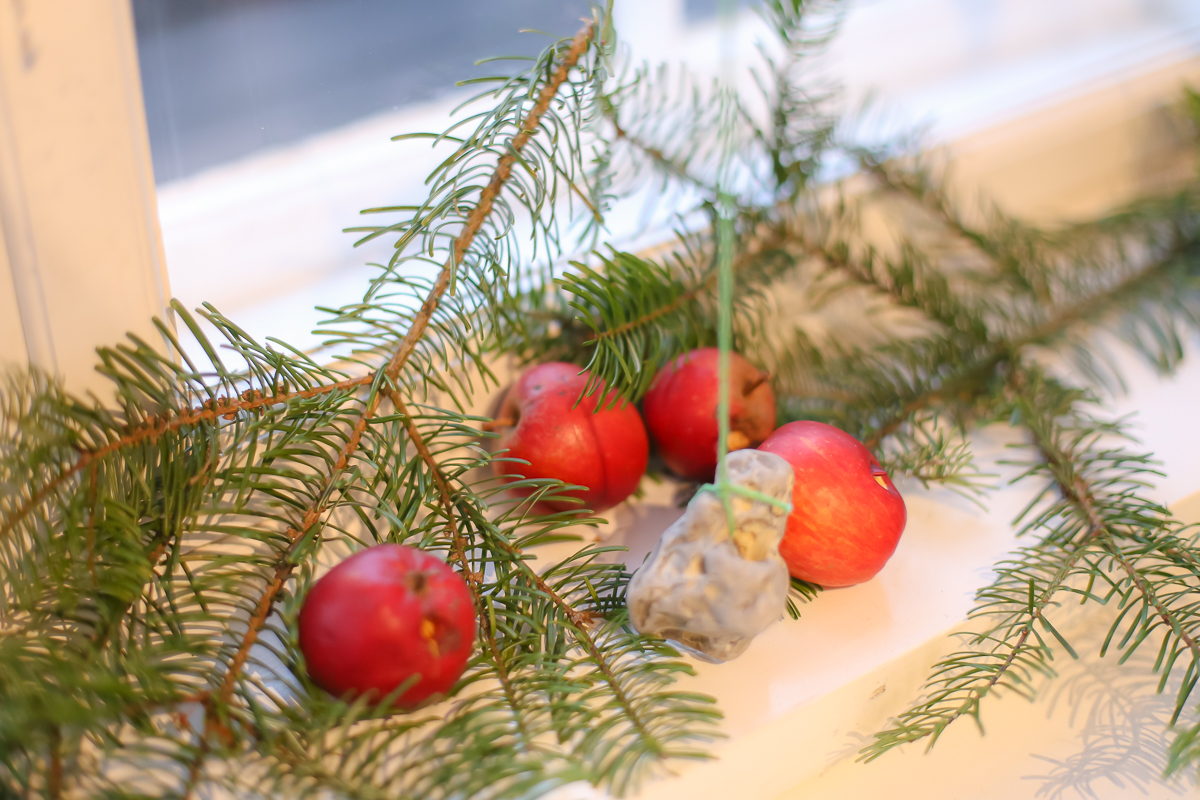
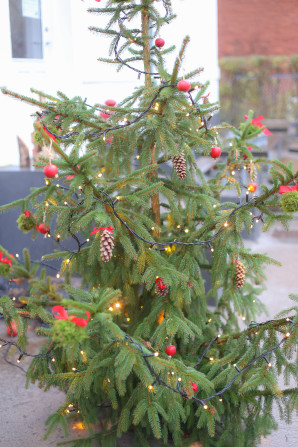
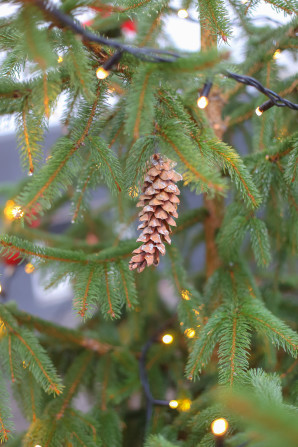 A pot of glogg and “aebleskivers” (little donuts which, contrary to the name do not actually have neither apples nor slices in them…discuss…and if you’re not sure what they are, check out Dejlige Days’ recipe here), bowls of pebbernodders (again, check out recipe here, they are the BEST part of the holidays), and jugs of chamomile tea were on tap for refreshments after the children came in with lanterns singing the traditional Santa Lucia carol. And as anywhere in Denmark, there were candles…lots of them.
A pot of glogg and “aebleskivers” (little donuts which, contrary to the name do not actually have neither apples nor slices in them…discuss…and if you’re not sure what they are, check out Dejlige Days’ recipe here), bowls of pebbernodders (again, check out recipe here, they are the BEST part of the holidays), and jugs of chamomile tea were on tap for refreshments after the children came in with lanterns singing the traditional Santa Lucia carol. And as anywhere in Denmark, there were candles…lots of them. 
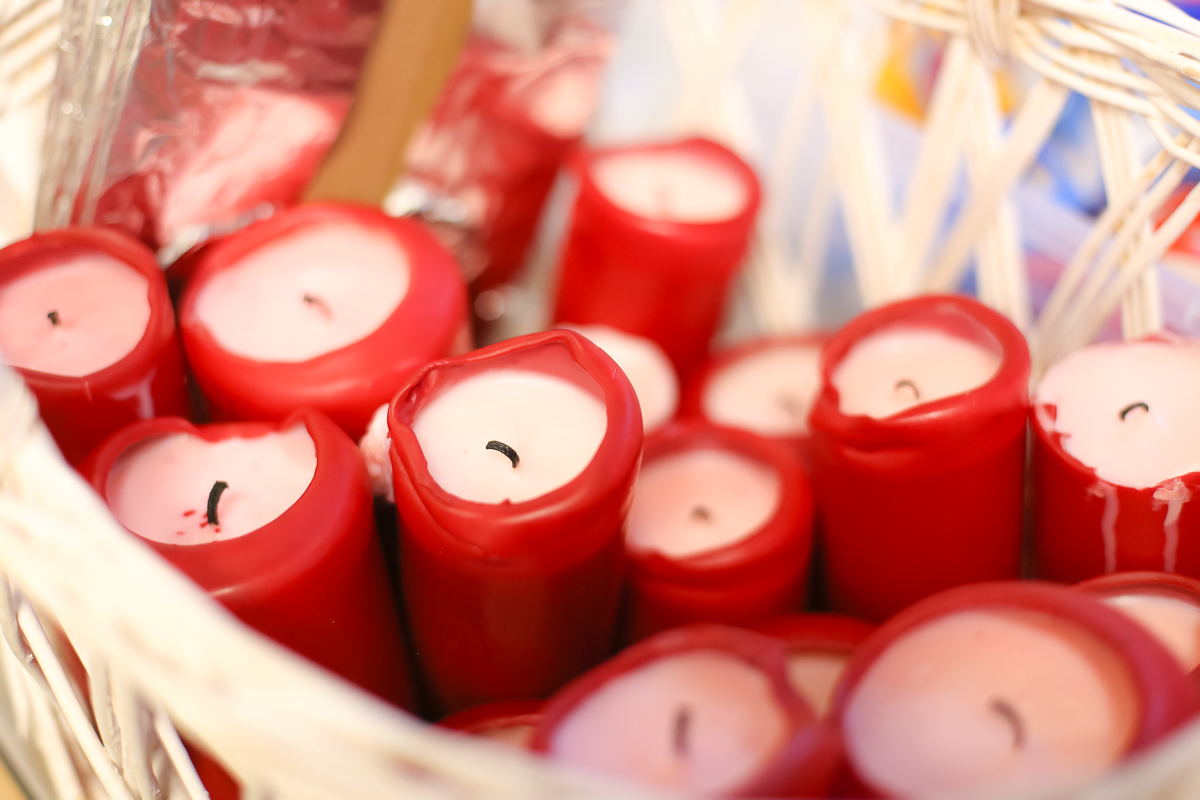
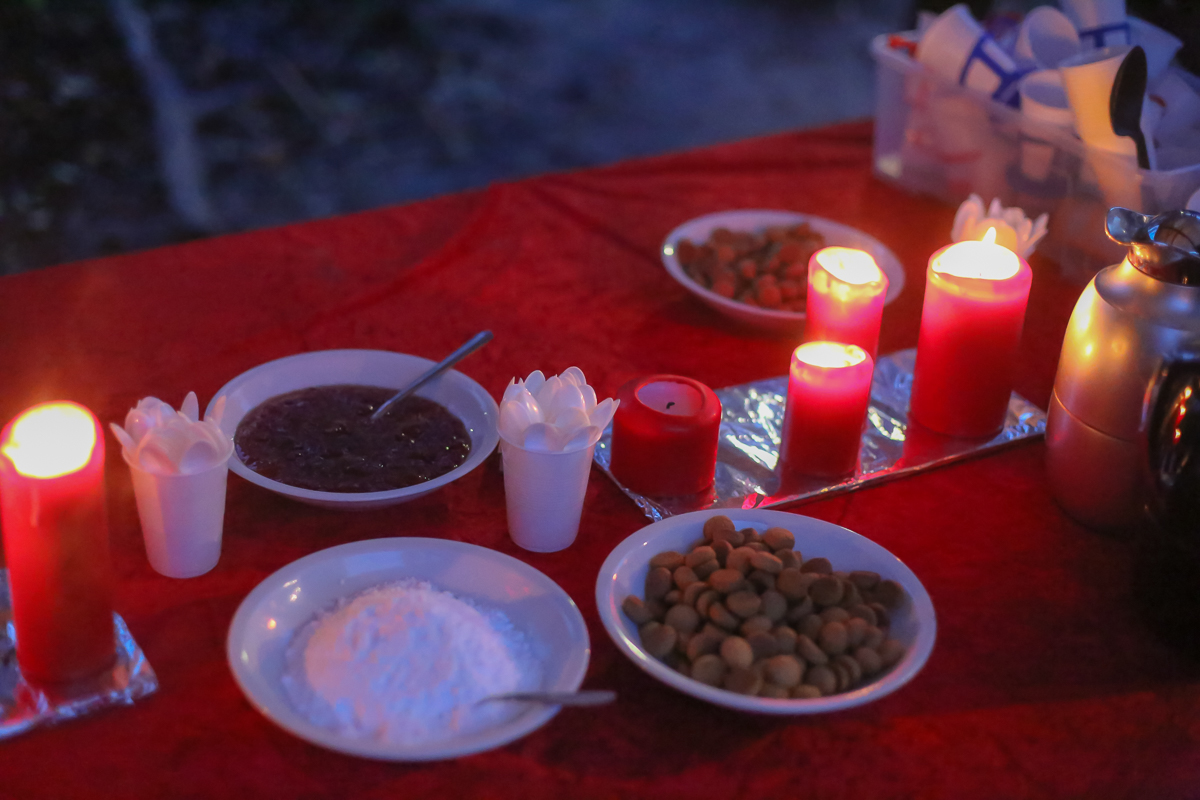 The school had set up a bit of a craft “station” where the children could make their holiday candle holders. Slices of tree trunk were topped with modeling clay and decorated with pine cones and branches however the children saw fit, which made a wonderful decoration to take home (though there still are leaves all over my car from it).
The school had set up a bit of a craft “station” where the children could make their holiday candle holders. Slices of tree trunk were topped with modeling clay and decorated with pine cones and branches however the children saw fit, which made a wonderful decoration to take home (though there still are leaves all over my car from it).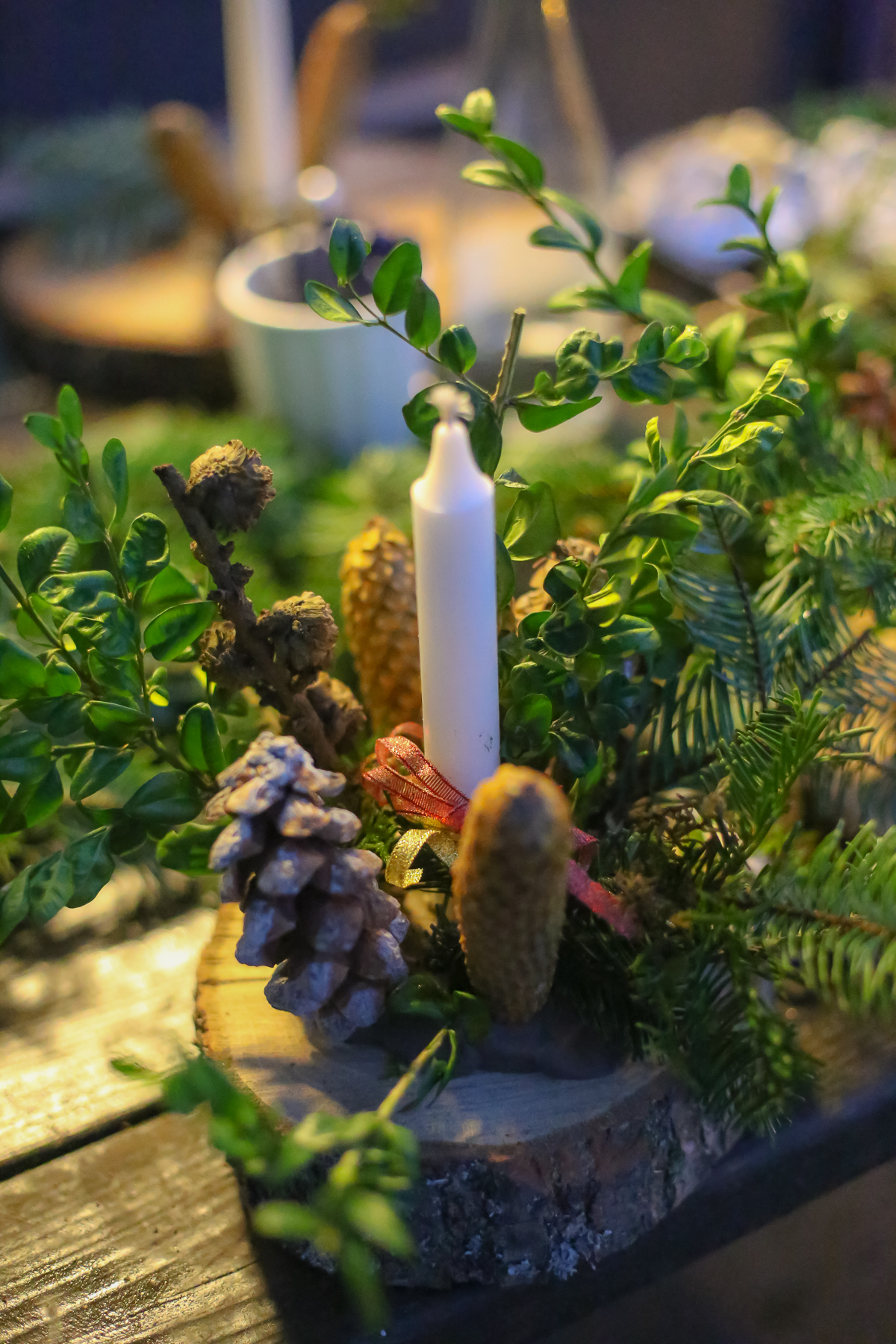
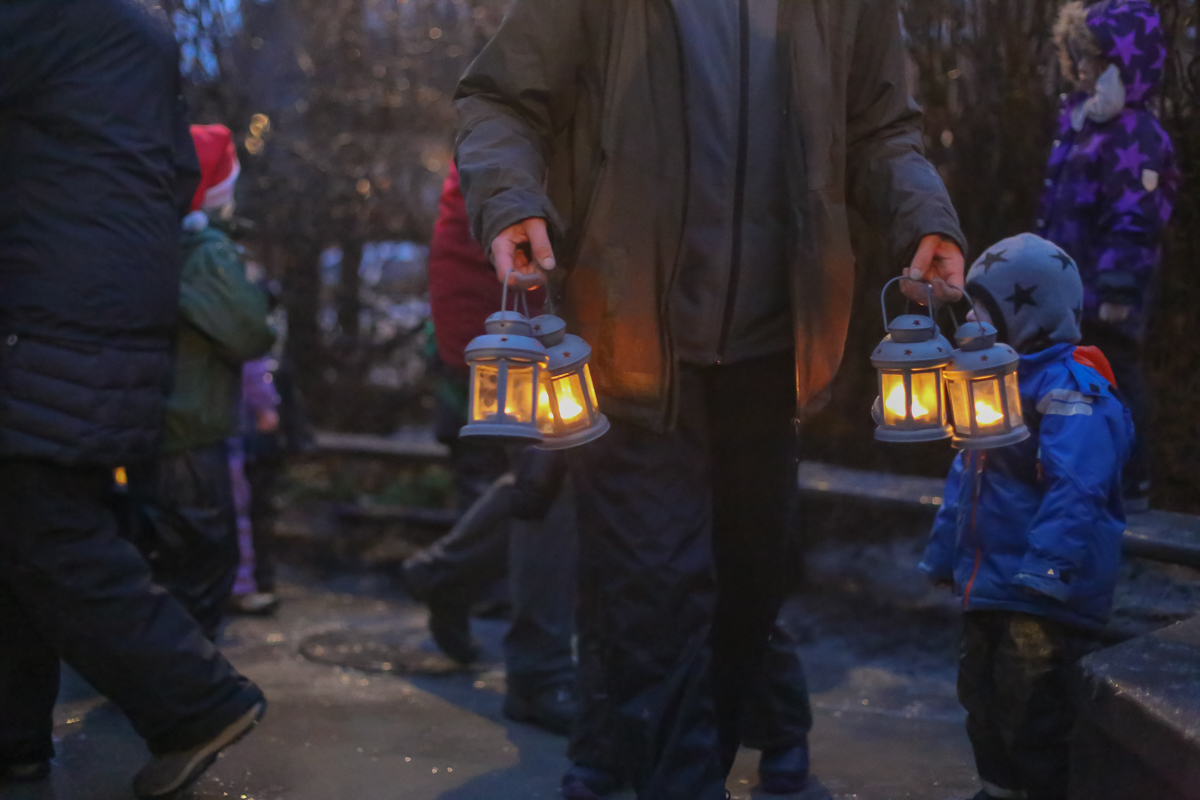 It might have been dark as night by 4pm, and despite the rain and wind outside, but there were nothing but smiles and cheer. And that’s what they call “hygge” around here…
It might have been dark as night by 4pm, and despite the rain and wind outside, but there were nothing but smiles and cheer. And that’s what they call “hygge” around here…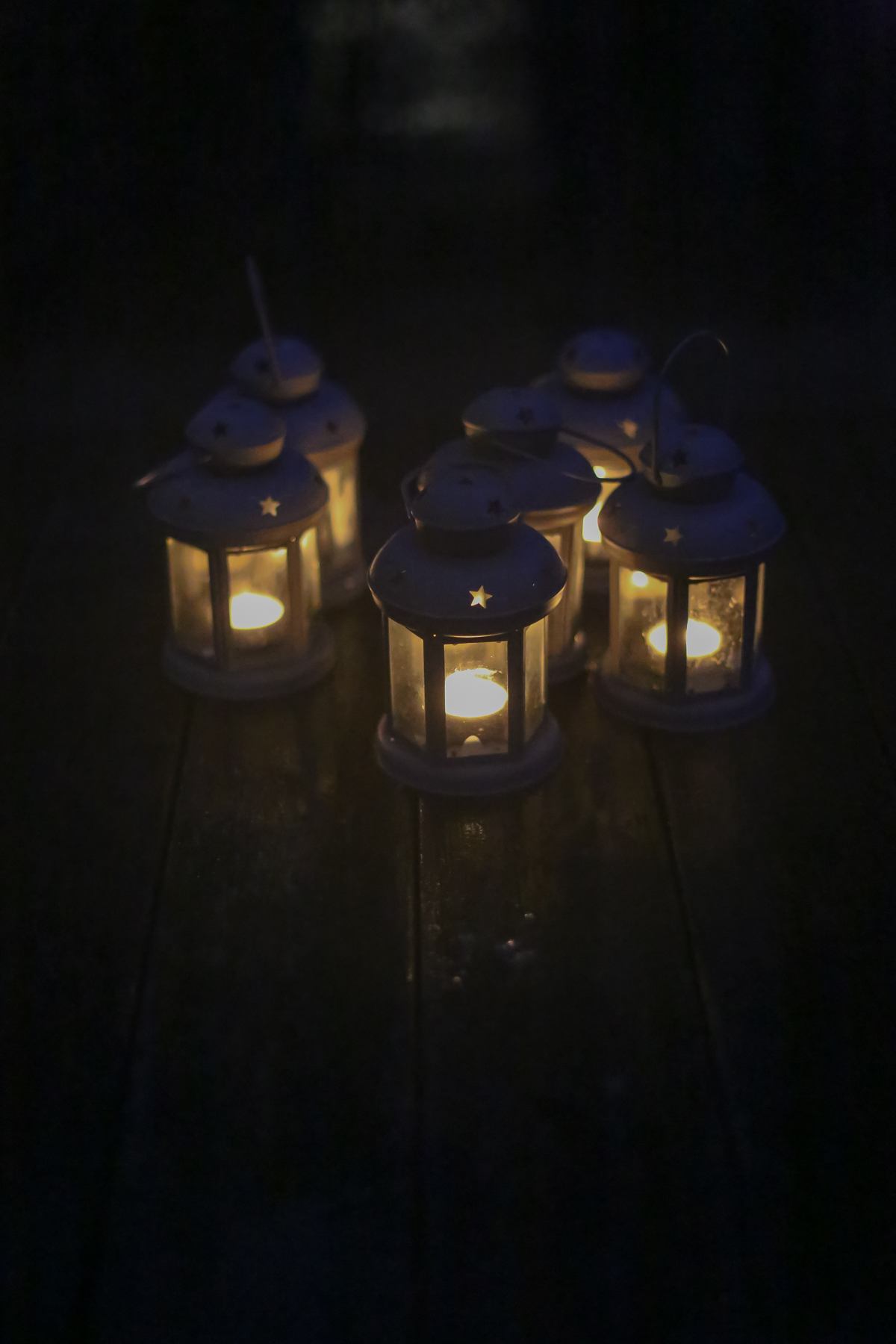
One of the most popular posts here on the blog has been the one regarding my daughter’s speech therapy, which she was given as though she had a speech impediment. While she does not (did not?) technically have one (in English anyway), the therapy she received ended up being a wonderful language training for her. I strongly believe her grasp of the language in such a short time, and accent in Danish can be attributed mostly to that.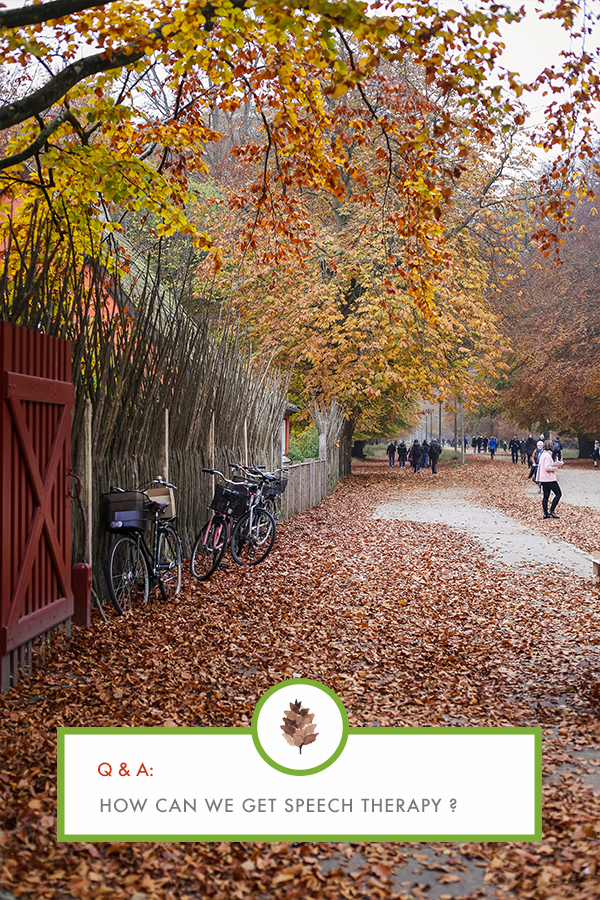
When I wrote that post, it was mostly to shed a little light on our own experience, but I didn’t realize that it would resonate so much with other parents. Specifically, with those who were unaware that speech therapy is available through the school system, struggling to get access to it, or confused by how to even go about it in the first place. So as a result, that is probably the top thing I get emailed about (or messaged on our Facebook page about). And since in our case, I either wasn’t in the loop or just missed the loop completely on how this all came about, I’m haven’t been always too sure how to answer those with helpful information.
I’m still not to some degree, but a couple dozen of these inquiries have come in so I chatted with the speech therapists in our school to see if I could nail down some answers. Or, at least get some directional guidance for the readers here. This still isn’t a perfect guide, but hopefully it will answer some of the most common questions that have been coming in:
- Speech therapy is Kommune dependent: This is probably the biggest thing that prevents me from getting great answers to the questions coming in because in many cases, it depends on where you live and which Kommune you’re aligned to. While my understanding is that it is part of national law to have access to things like speech therapy for students, how that gets implemented depends greatly on the resources, priorities and demands on a particular Kommune. In the end, the actual process or the probability of obtaining it really is Kommune specific.
- Some Kommunes have it easier than others: In our case, we are in Gentofte Kommune so we ended up getting the best of a few worlds which made things a lot easier. First, Gentofte has made it a Kommune priority to provide this kind of therapy proactively, and they really do go out of their way to emphasize access and resource it heavily. Second, Gentofte Kommune is in a position where there is also less “demand” on their resources. Their typically aren’t large groups of children that need to use the services so the attention can be a bit more individualized; and candidly a lot of whom might need therapy similar to ours (i.e. speech therapy but modified for those who don’t speak the language) typically attend the international schools in this area and don’t enter the Danish system as often. Basically, there is less competition for a bigger pool of resources in this particular Kommune which is why it was easier to obtain.
- Work with your school: If you suspect your child can benefit from this kind of therapy, work with your school. Effectively, the school has to be on board and has to really lobby for these resources on your behalf, especially in Kommunes that have less resource to divvy up and more demand for it. The advice I got here was that if this is something you think you need, be proactive and be persistent (but of course, not aggressive) – ultimately it will probably be a team effort to secure the resource so it helps to keep the team spirit. A few people asked me if there is an appeals process and candidly, I haven’t been able to figure that out yet, but the message I got from several is that if your school is not lobbying on your behalf, it is unlikely the resource will get allocated. The Kommune is most likely to take guidance from the school rathe than from an individual.
- Since resources are limited, they will apply screens for access: Because many kommunes are balancing needs across many priorities, they will apply certain screens. For example, in Kommunes where there is a lot of demand, they might delay if the child already speaks English in some form because there is a way to communicate and the therapy isn’t as urgent (if the situation is similar to my daughter’s). Things like how long the person is staying, how open the family is to therapy, etc might factor in as well. For example, in my daughter’s case, they knew that she would be leaving in a few years’ time and that she would not be continuing a formal Danish education after forest school. Consequently, once she reached a level of proficiency, they stopped the therapy to reallocate the resource to others. However, if we would be staying in Denmark and attending school, they told me that they would have continued with her to finish out some remaining speech structure and overall diction.
- Check to see if your school isn’t working on the issue in another way: In some cases, it might look as though the school isn’t “doing anything”, but the therapists advised to keep communication lines open with the school. It might be that they’ve decided to hold off or give the child space or have time for more assessment – in the end, their assessments carry a great weight in securing the resource so sometimes they need extra time to make the case or to make sure it is not something that will resolve on its own. This might be especially true in Kommune’s where the resources are in high demand. Here the best thing to do is to just ask and keep checking in – again, be proactive and persistent (but not aggressive as that tends to shut everything down – and without them on board, you’ll get nowhere).
- Consider private therapy: For those that really feel like they might be missing out and therapy isn’t available as quickly as you would like it, consider a private option. I haven’t been able to get a good list of recommendations yet (though there are a few you can find via a Linked In search) and I don’t know what the going rate is (though have been cautioned , “it’s expensive”). However, at the same time, the therapists also mentioned that a private therapist is often focused on just the one child (client?) at a time, as opposed to school therapists which might have to divide attention between multiple children or multiple schools, so sometimes 1-on-1 can yield more progress more quickly, depending on the need and situation.
I know this probably doesn’t answer all questions but hopefully this helps to shed a little light on the process and why it might be different in various areas of Copenhagen. For those that might have suggestions, therapists or other info, please feel free to leave in the comments section. I know other parents would appreciate it!